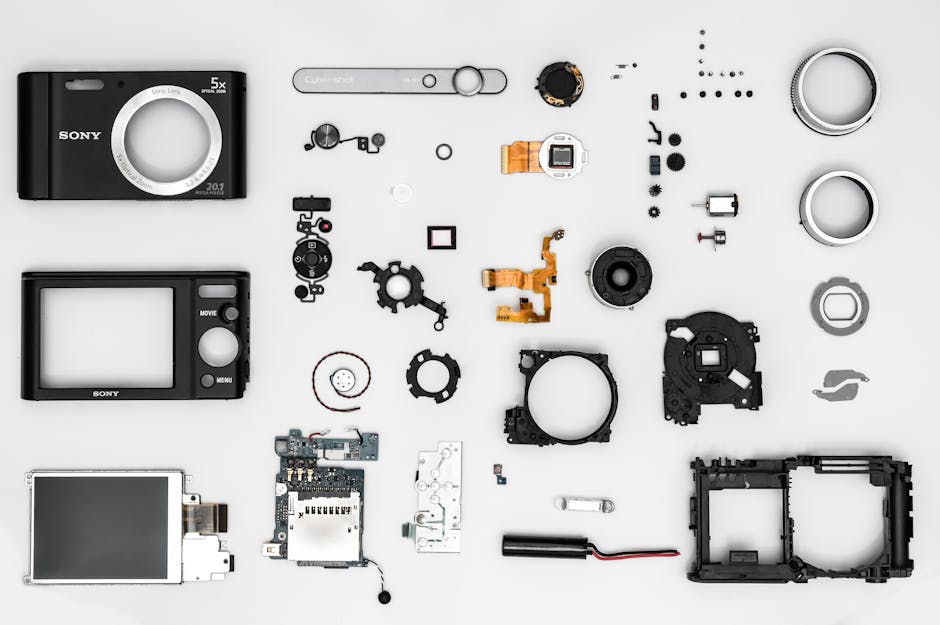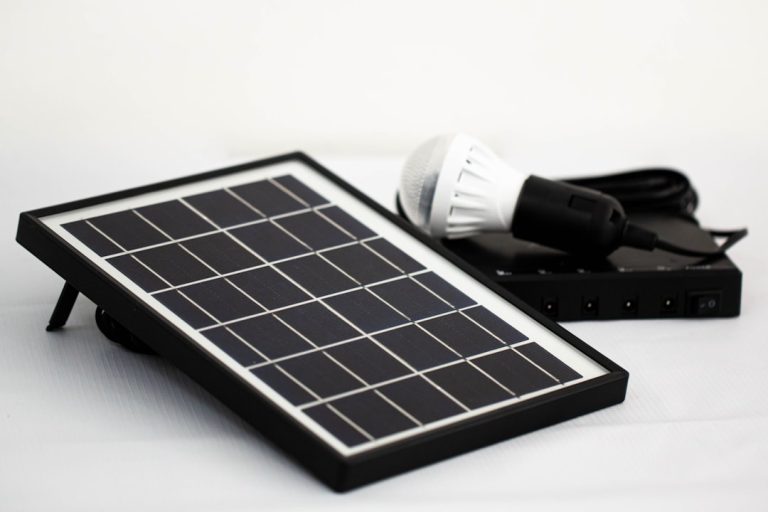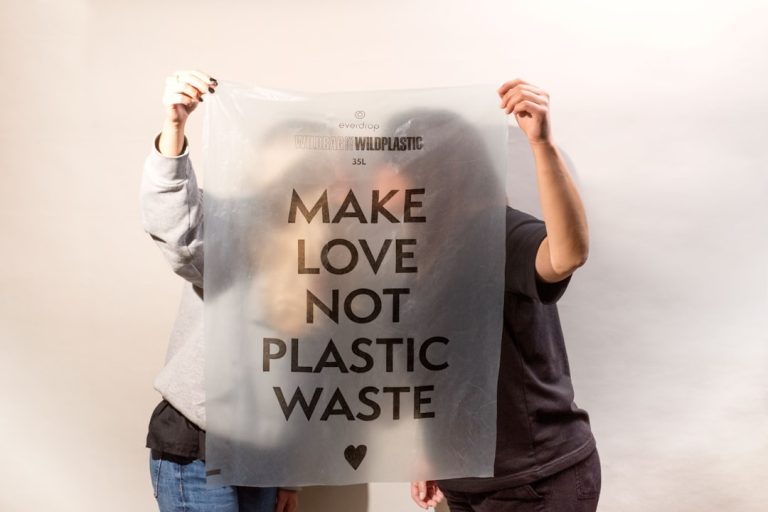How I Handle E-waste (electronic Waste) Responsibly.
How I Handle E-waste (electronic Waste) Responsibly.
In our increasingly digital world, electronic gadgets have become indispensable. From smartphones and laptops to smart home devices and wearables, our lives are intertwined with technology. But with this convenience comes a significant challenge: electronic waste, or e-waste. It’s a growing problem, laden with hazardous materials that can harm our environment and human health if not managed properly. For me, handling e-waste isn’t just a chore; it’s a personal commitment to sustainability and a conscious effort to minimize my environmental footprint. This isn’t about grand gestures, but rather a consistent, thoughtful approach to every piece of tech that enters and eventually leaves my life. I’ve developed a system that helps me navigate the lifecycle of my electronics responsibly, ensuring that what was once a valuable tool doesn’t become a toxic burden.
My Proactive Stance: Minimizing E-waste Before It Even Starts
The most effective way I tackle e-waste is by preventing it in the first place. It might sound simple, but it requires a conscious shift in consumer habits. I’ve learned that the best recycling is no recycling at all, meaning reducing consumption is paramount. My journey begins long before a device reaches its end of life; it starts with the initial purchase.
The ‘Do I Really Need This?’ Question
Before I click ‘buy’ on any new gadget, I take a moment to genuinely ask myself if I truly need it. Is it an upgrade that offers significant, essential functionality, or is it just a shiny new toy? I resist the urge to constantly chase the latest model, opting instead to maximize the utility of my current devices. This simple, mindful pause helps me avoid impulse purchases that often lead to perfectly functional electronics being prematurely discarded.
Choosing Durability Over Disposable Trends
When a purchase is truly necessary, I prioritize products known for their longevity, repairability, and sustainable manufacturing practices. I research brands that offer extended warranties, readily available spare parts, and a commitment to reducing their environmental impact. This often means investing a little more upfront, but in my experience, it pays off in the long run by extending the device’s lifespan and reducing the frequency of replacements. I also look for energy-efficient models to minimize the environmental impact during their operational life. For instance, checking for ENERGY STAR certifications is a routine step for me.
Opting for Upgradability and Modularity
Where possible, I choose electronics that allow for component upgrades. A laptop with expandable RAM or storage, or a desktop PC where individual parts can be replaced, offers a much longer viable life than a sealed-unit device. This modular approach means I can often refresh a device’s performance without having to buy an entirely new system, significantly reducing my personal e-waste output. This aligns with my broader guide to sustainable tech choices.
Giving Tech a Second Life: My Approach to Repair and Reuse
Once a device is in my possession, my goal is to keep it functional for as long as possible. This stage is all about maximizing its utility and preventing it from becoming waste prematurely. Repairing and reusing are cornerstones of my responsible e-waste strategy.

Embracing the Repair Mindset
The moment a gadget shows signs of trouble, my first thought isn’t “time for a new one,” but “can I fix this?” I’ve taught myself basic troubleshooting and minor repairs, often consulting online guides and forums. From replacing a cracked phone screen to swapping out a failing laptop battery, I’ve found that many common issues are surprisingly manageable. Resources like iFixit’s comprehensive repair guides have been invaluable in empowering me to take charge of my device’s longevity.
Thoughtful Repurposing and Upcycling
When a device no longer serves its primary purpose for me, I consider if it can be repurposed. An old tablet might become a dedicated e-reader or a smart home control panel. An older smartphone could be a security camera or a media player. Even components can find new life – a hard drive from an old computer might become external storage. I’ve even explored upcycling old electronics into art projects, giving them a completely new form and purpose.
Donating or Selling for Continued Use
If a device is still perfectly functional but I no longer need it, my next step is to ensure it finds a new home. I prefer donating to local charities, schools, or community centers that can put older but still capable technology to good use. This not only extends the device’s lifespan but also helps bridge the digital divide. Alternatively, I consider selling it through reputable online marketplaces, ensuring it continues its useful life with someone else. Before any transfer, I always perform a thorough data wipe, which I’ll elaborate on shortly.
Navigating the End-of-Life Journey: My Secure Disposal Methods
Despite my best efforts at prevention, repair, and reuse, some electronics eventually reach a point where they are truly obsolete, broken beyond repair, or simply too inefficient to continue using. When this happens, responsible disposal becomes critical. This is where I ensure that hazardous materials are handled safely and valuable components are recovered.
Locating Certified E-waste Recycling Facilities
My primary method for disposing of truly end-of-life electronics is through certified e-waste recycling programs. I actively research and identify local facilities that adhere to strict environmental and safety standards. I look for certifications like R2 (Responsible Recycling) or e-Stewards, which ensure ethical recycling practices, preventing toxic materials from ending up in landfills and safeguarding against illegal export to developing countries. The e-Stewards website is a great resource for finding certified recyclers. I also utilize local recycling programs often offered by municipalities or electronics retailers.
Participating in Manufacturer Take-Back Programs
Many electronics manufacturers now offer take-back programs for their old products. I always check if the original manufacturer of my device provides such a service. These programs are often free and ensure that the product is recycled according to the company’s own environmental standards, sometimes even allowing for closed-loop recycling where components are reused in new products.
Special Handling for Batteries
Batteries, especially lithium-ion ones, require separate and careful disposal due to their flammability and hazardous chemicals. I never throw batteries in regular trash. Instead, I collect them in a designated container and take them to specialized battery recycling drop-off points, which are often found at electronics stores, hardware stores, or municipal waste facilities. This prevents potential fires and ensures proper reclamation of valuable metals.
Protecting My Data and the Planet: A Dual Priority
Responsible e-waste handling isn’t just about environmental protection; it’s also about personal data security. Before any device leaves my possession for donation, resale, or recycling, ensuring all personal information is irretrievably erased is a non-negotiable step.
Thorough Data Wiping Protocols
I employ robust data wiping techniques, going beyond a simple factory reset. For hard drives, I use software that performs multiple overwrite passes, making data recovery virtually impossible. For smartphones and tablets, I ensure all cloud accounts are disconnected, encryption is enabled, and then perform a factory reset, ideally followed by overwriting the storage with dummy data if the device allows. This diligence is crucial for protecting my privacy and preventing identity theft. I follow best practices for secure data wiping techniques that I’ve researched extensively.
Physical Destruction for Critical Storage
For highly sensitive data on very old or non-functional hard drives, I sometimes opt for physical destruction after a software wipe. This might involve using a specialized degausser or physically puncturing the platters (though this is usually reserved for extreme cases and requires proper safety precautions). For me, peace of mind regarding data security is paramount.
Staying Informed: My Continuous Learning in Responsible E-waste Management
The world of technology and environmental regulations is constantly evolving. To truly handle e-waste responsibly, I believe it’s essential to stay informed and adapt my practices. My commitment doesn’t end with a single disposal; it’s an ongoing process of learning and improvement.
Following Policy and Industry Updates
I regularly check for updates on local, national, and even international e-waste policies, such as the EPA’s Electronic Waste Recycling Act guidelines. Knowing the current regulations helps me ensure my disposal methods are always compliant and effective.






